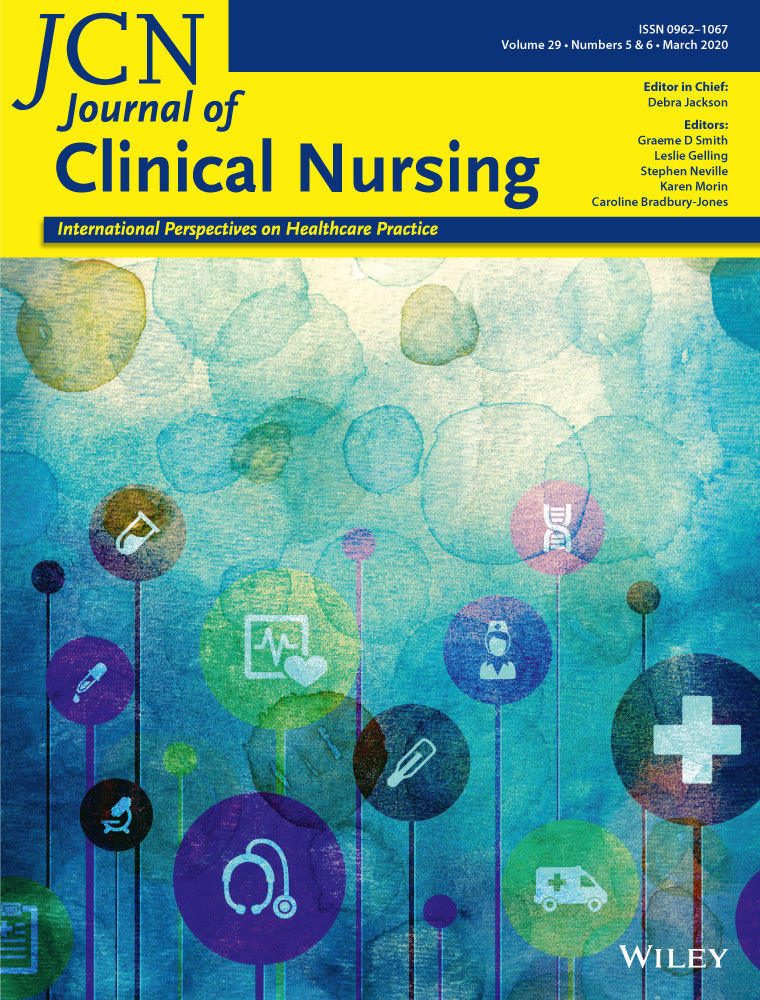The dissimilarity between myocardial infarction patients’ and spouses’ illness perception and its relation to patients’ lifestyle
Funding information
This work was supported by the National Natural Science Foundation of China (Grant number 71974217) and the Science and Technology Department of Guangdong Province, China (Grant number P-045-02). We would also like to acknowledge all study staff as well as study participants.
Abstract
Aim and objectives
To examine the dissimilarity between Chinese myocardial infarction (MI) patients’ and spouses’ illness perceptions (IPs), and to explore the relationship between patients’ IP, differences in couples’ IP and patients’ lifestyle after discharge.
Background
An individual's IP is affected and moderated by several factors, including the social context. One of the most influential members of the social network of patients is the spouse.
Design
Cross-sectional design.
Methods
From April 2016–April 2017, 111 MI patients and their spouses were recruited. Before discharge from hospital, revised Illness Perception Questionnaire was administered to MI patients and their spouses separately. Two months after discharge, patients’ lifestyle was assessed using Health Promoting Lifestyle Profile II. The manuscript was organised according to STROBE guidelines.
Results
Spouses were more likely to believe that the illness would last for a long time, and patients perceived MI as being more controllable than their spouses did. The patient–spouse dissimilarity in the perception of consequences was negatively correlated with both nutrition and stress control behaviours. Patients in couples with more dissimilar perception of environmental factors as a cause were more likely to choose a healthy diet, while patients in couples with more dissimilar perceived treatment control were more able to control stress.
Conclusion
There are both similarities and dissimilarities between MI patients’ and spouses’ IP, and these dissimilarities contributed the majority of the explained variance in patients’ lifestyle after discharge.
Relevance to clinical practice
We should consider both couples when examining how a patient copes with a chronic illness.
CONFLICT OF INTEREST
The authors declare no conflict of interests.




